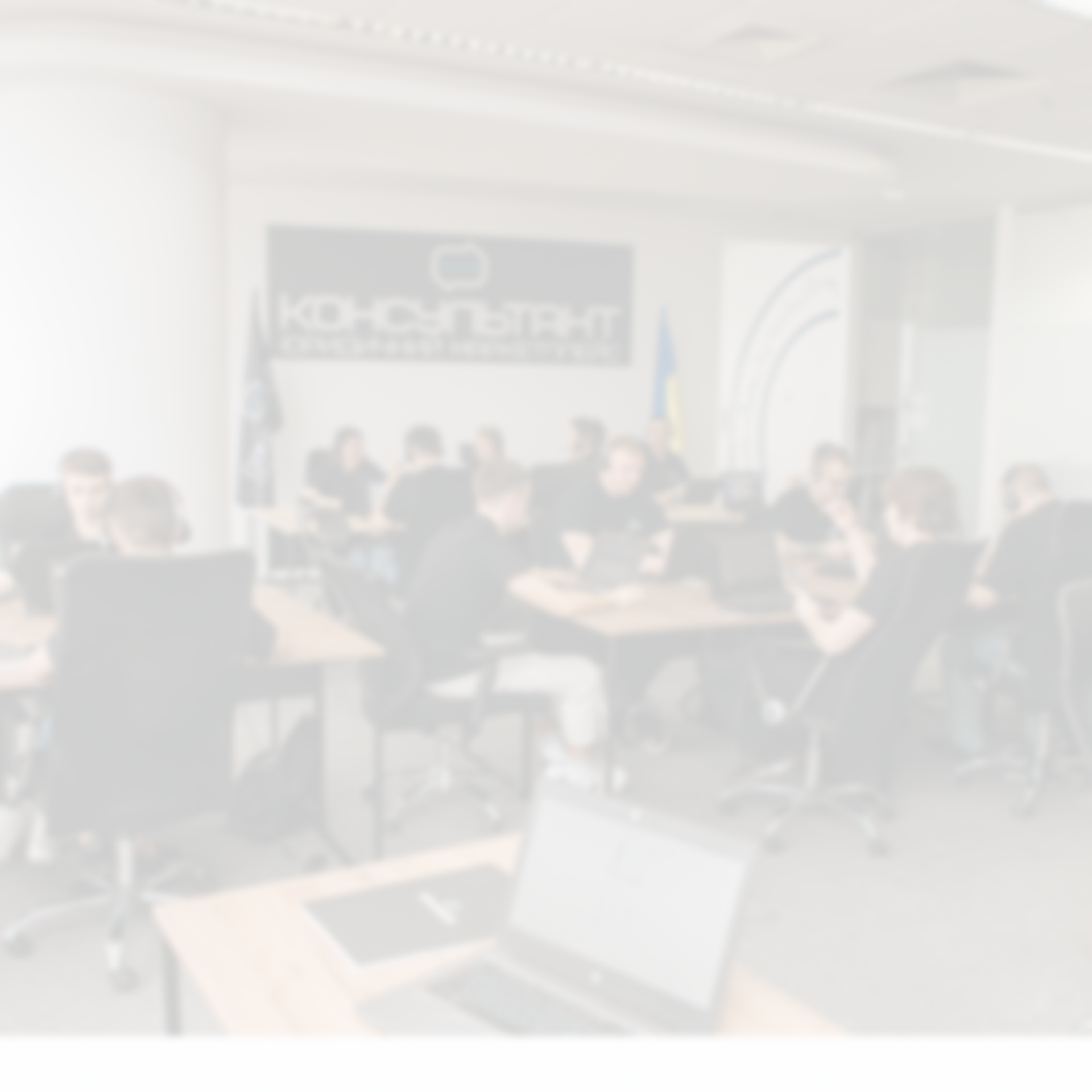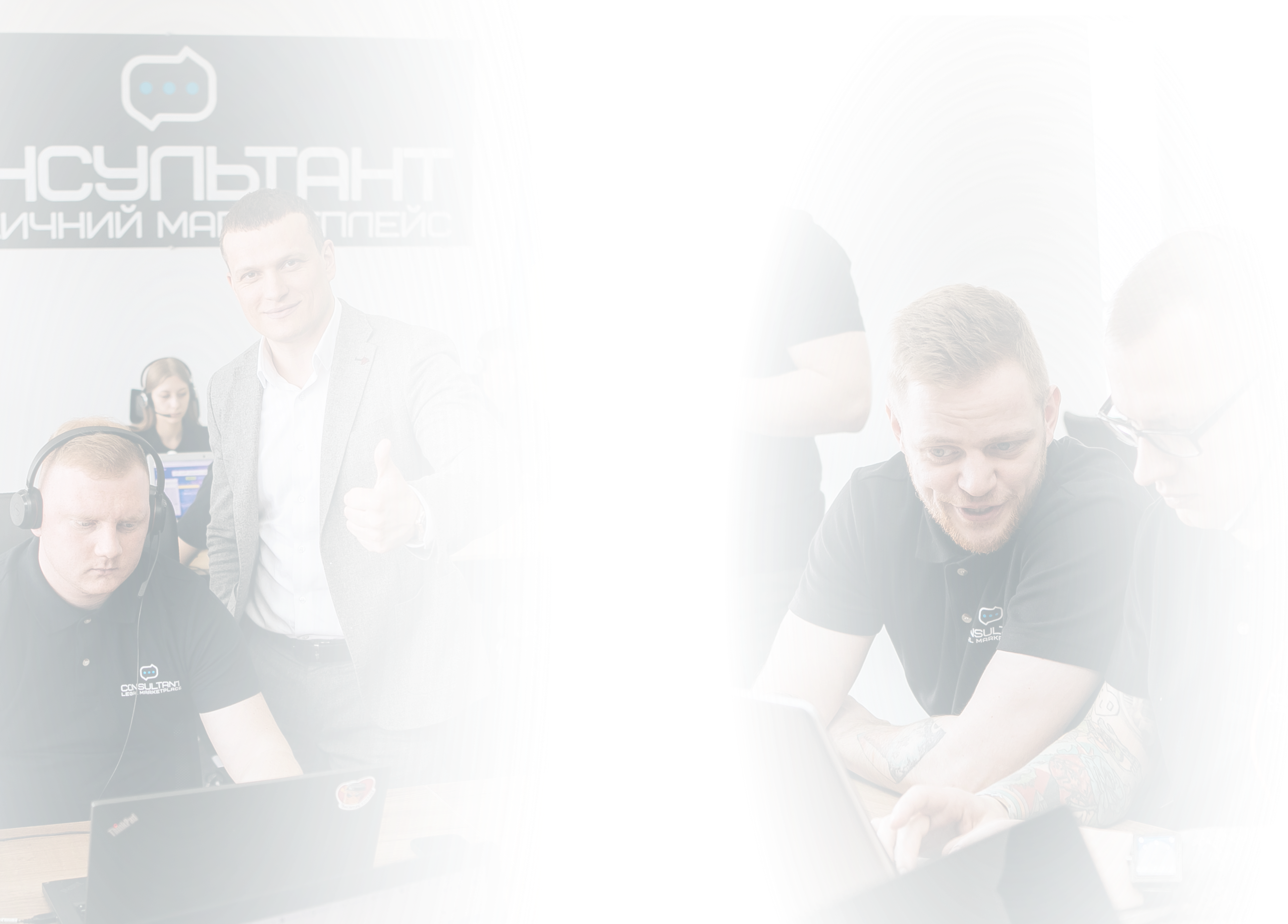Problems and Prospects for Integration of Ukraine's Customs Procedures into the European Customs Area
Introduction
The integration of Ukraine's customs procedures into the European customs area is an important aspect of the country's European integration process. This issue has become particularly relevant in the context of the signing of the Association Agreement between Ukraine and the European Union (EU), which provides for the harmonization of Ukraine's customs legislation with European standards. In this article, we will analyze the main problems and prospects of this integration.
Integration challenges
Differences in legislation:
- One of the main problems is the significant differences between the customs legislation of Ukraine and the EU. Despite gradual harmonization, there are still numerous differences that complicate the integration process.
Technical barriers:
- The lack of modern technology and equipment at Ukrainian customs could be a serious barrier to full integration. The EU uses advanced information systems for customs control, which would require significant investment to implement in Ukraine.
Corruption and inefficiency:
- The problems of corruption and inefficiency in Ukraine's customs authorities significantly complicate the integration process. Non-transparent procedures and abuse of power can hinder the implementation of European standards.
Low level of staff training:
- Effective integration requires training and professional development of customs officers. Lack of proper training can lead to non-compliance with the
- EU requirements.
Prospects for integration
Harmonization of legislation:
- Ukraine has already taken significant steps towards harmonizing its customs legislation with European standards. Further adaptation of the legislation will facilitate more effective integration.
Implementation of modern technologies:
- Investments in modernization of customs infrastructure and introduction of modern information systems can significantly improve the efficiency of customs control and facilitate integration.
Anti-corruption measures:
- Implementing effective anti-corruption measures and increasing the transparency of customs procedures are key to successful integration. This includes establishing independent control bodies and implementing international anti-corruption standards.
Staff training and professional development:
- Regular trainings and educational programs for customs officers will help to improve their professional level and compliance with European standards.
You may be interested in the following articles:Legal analysis of the situation, Legal opinion, Writing a lawyer's request, lawyer's request, analysis of the situation by a lawyer, analysis of the situation by a lawyer, legal analysis of the situation, legal opinion of a lawyer lawyers documents help lawyer online lawyer online legal opinion legal opinion of a lawyer lawyer online
International experience
Poland:
- Poland's experience in integrating customs procedures into the European customs area could be useful for Ukraine. Poland has successfully implemented European standards, modernized its customs infrastructure, and implemented effective anti-corruption measures.
Lithuania:
- Lithuania is also an example of successful integration into the European customs area. The country has implemented significant reforms in the customs sector, including the introduction of modern technologies and staff training.
Conclusions.
The integration of Ukraine's customs procedures into the European customs area is an important and complex process that requires significant efforts and resources. Despite the existing problems, the prospect of harmonizing legislation, modernizing infrastructure, implementing anti-corruption measures and training personnel is promising.

































